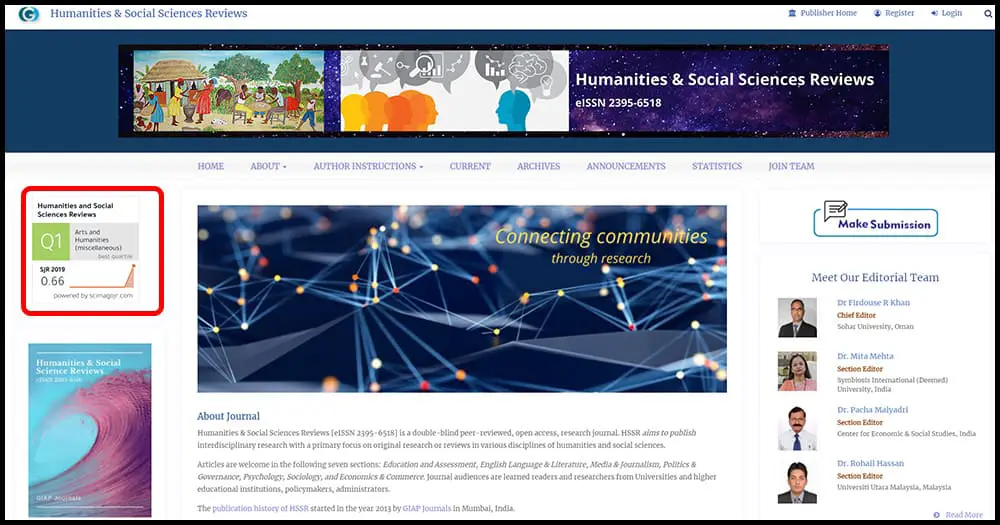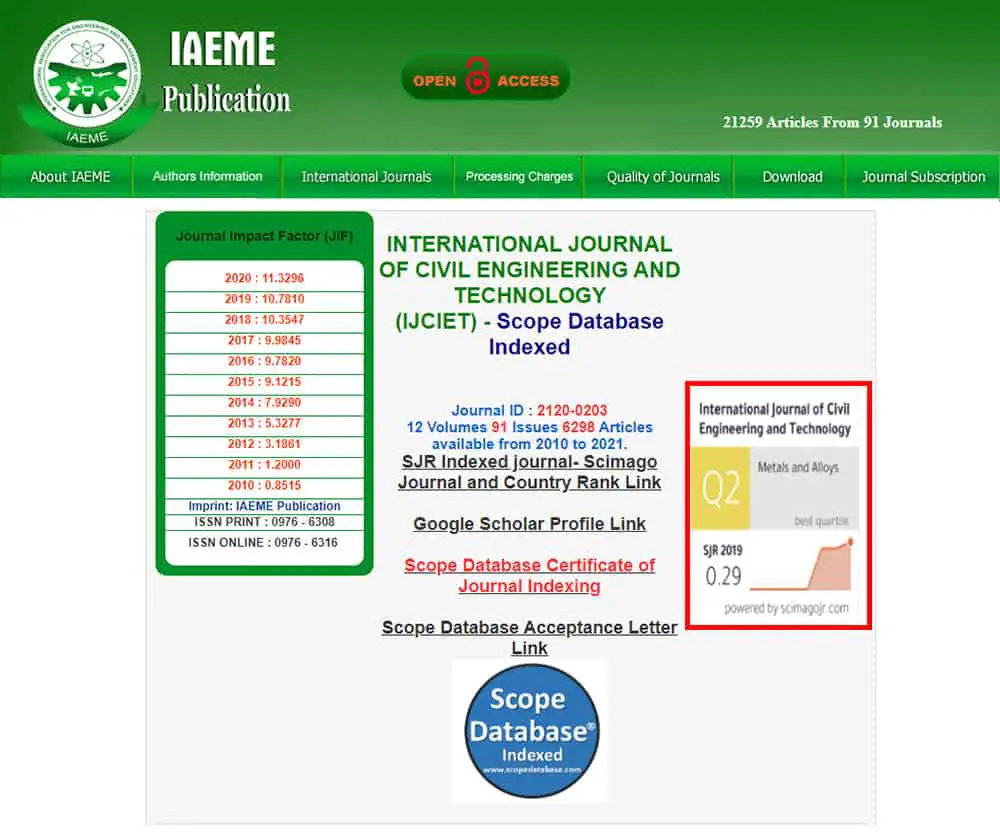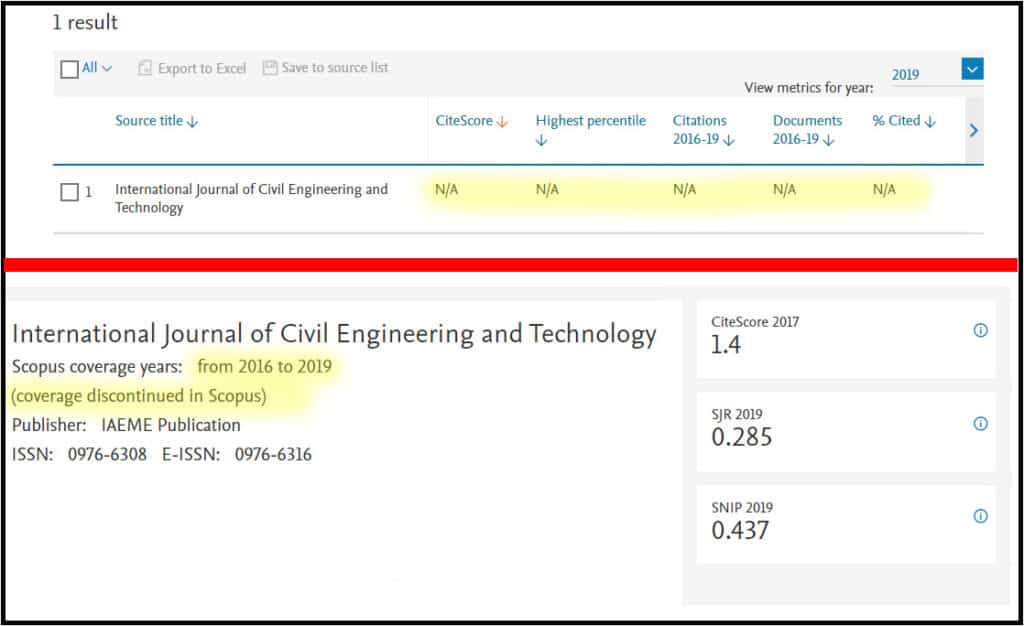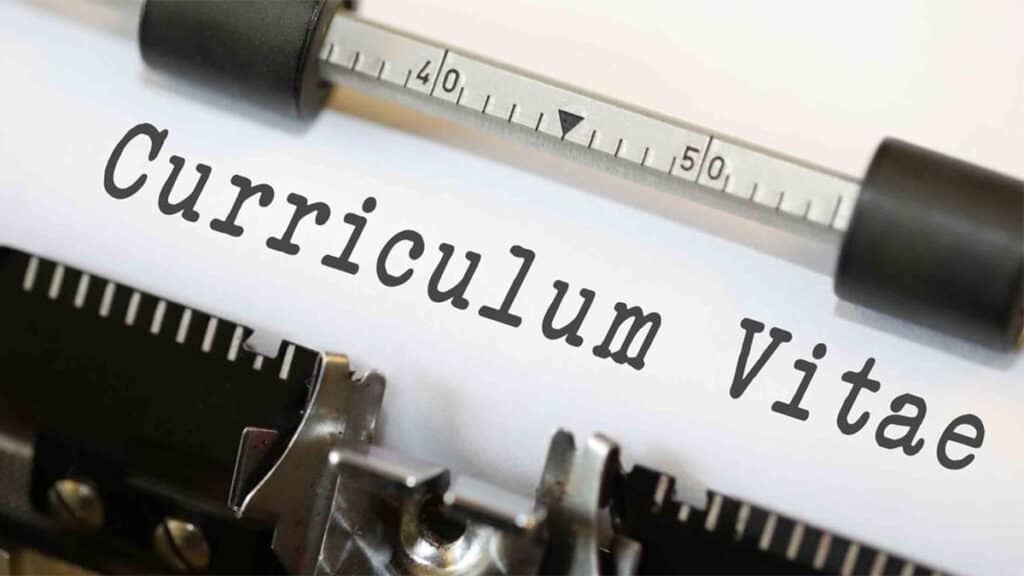We are getting an increasing number of people asking us “Is [insert journal] a legitimate journal?”
Typically, we are sent a journal name, in the hope that we can tell them whether a journal is predatory or not. Our usual response is that we do not have a list of journals that we can simply refer to. That is not a service we offer, indeed, not a service we can offer at the moment, but there are others that do; for example Cabells.
At the present time, we see ourselves more as educators, trying to tell researchers what they should look out for.
In any case, we do not want to be the sole arbiter, deciding whether a journal is predatory or not. This is one of the things that Jeffrey Beall was criticized for. He, and he alone, decided whether a journal should appear on his list and some publishers were upset by this. We have written about this in one of our other articles.
Start by seeing if the journal is a member of COPE and/or DOAJ. You should also check if the journal is registered in Scopus and/or Web of Science. These will not provide a definitive answer as to whether the journal is predatory, but it’s a good start.
Sample Correspondence
Here are examples of typical questions that we get, together with our responses. We have, for obvious reasons, respected the confidentiality of the person who asked question who, we recognize just wants to know if they should submit to the journal in question.
- “Could you please check whether the journal called [journal name] is a fake Journal or not? I have already published a paper with them in January 2020, but cannot find it through Google.”
We had a quick look at this journal and it does look predatory, and we told the author that. We followed up this correspondence by writing an article, in which we provide a case study of the journal, which led us to the conclusion that the journal in question is a fake journal, although the evidence trail that led to this conclusion was far from straight forward. Please take a look at the article, it is an interesting read.
- “Could you please tell me about the Authenticity of these two Journals if whether they’ are Fake Journals or not? Thank you.” We were provided with images of two journal covers.
In response to this question we asked “What is your view? Have you done any analysis?“, to which the answer was “No. I just ask if you know about them, then please just tell me. I was thinking that you are a group or organisation having database about fake journals.“
We had to say “We don’t have a database, not even for predatory journals, let alone fake journals. We have to look at every journal individually. We will add it to our list of journals to investigate – but it will take time. But you can see the steps we went through from our previous article so if this is urgent, please take a look yourself.“
- “Have you checked this journal [journal name]? Would request to hear your verdict on it. Wanted to publish with them and I found some contradicting reviews; some say predatory, others recommend it. So I was looking for an independent objective review.”
Our response was “We do not have time to do a full review, but just had a quick look and we would (personally) avoid. Not least of all as you have to pay 60 USD just to submit, but there are other worrying things. We would look elsewhere. Not saying it is definitely predatory, but erring on the side of caution.“
Education is Important
Rather than trying to be the sole arbiter of whether a journal is predatory (or fake) or not, we are more inclined to help educate people, so that they can come to their own conclusion, and make a decision based on that. We believe that this is much more effective than maintaining yet another white/black list of journals.
Previously, we have made some judgments, which we back up with evidence, but we do not generally just say that a journal is predatory (or not) after just a cursory glance. To be frank, sometimes it is obvious, but we do not believe it is our place to make statements that might be biased, based on too little information or simply drawing an incorrect conclusion.
Another comment we often make, when asked for our view of a journal, is “What is your view?” Many people either fail to respond, or say that they do not know, which is the reason they asked us. That is fine, but if we just give our view that may not be fair on the journal as it is just one view, perhaps, based on limited information. There is a more of a need for education, to inform researchers what to look for when trying to decide if to submit to a journal or not.
What can you check?
We have written a number of previous articles on what you can check when trying to decide whether to submit to a particular journal. The case study we did, we think, will be useful in this regards. You might also want to take a look at “Three quick was to spot a predatory journal” and “Analysing a journal: An Example“.
Four quick checks
Whenever we look at a journal, there are four quick checks that we always carry out.
- Is the journal a member of the Committee on Publication Ethics (COPE)? COPE is a member based service, which publishers and journals can apply to join. If they pass the checks made by COPE than they will be accepted.
- Are they listed on the Directory of Open Access Journals (DOAJ)? DOAJ maintains a list of open access journals that they have validated. DOAJ did have some issues a few years ago but that is in the past and, in our view, it is now a valuable and reliable resource.
- Is the journal in the Scopus bibliographic database? Scopus is one of the recognized bibliographic databases that provides, among other, this impact factors for the journals that they accept. To get accepted by Scopus is a robust process.
- Is the journal listed in the Web of Science bibliographic database? The Web of Science database provides a similar service to Scopus. It is arguably more difficult to get accepted by Web of Science than it is to be accepted by Scopus.
If you want more information, below we have linked to some video’s which goes into further detail about COPE, DOAJ, Scopus and Web of Science.
Testing it out
We thought we would take a look at the journals we were asked about using the above four criteria. We have not included Interciencia Journal as this is fully discussed in the article that looked specifically at that journal.
Table 1 shows these journals and whether they are recognized by COPE, DOAJ, Scopus and Web of Science.
[table id=058_001 /]
What if they all say No?
It is IMPORTANT to note that, even if the answer, for a given journal, to each of the questions above is No, this is far from a definitive indication that the journal is either fake or predatory. As an example, if a journal is not an Open Access journal, then DOAJ would not list it. That does not make it a bad journal. It just means that it is not even on the radar of DOAJ and will not be evaluated.
Similarly, not being included in the other three databases we mention is not necessarily a negative.
Therefore, we cannot immediately infer anything about the second and third journal in Table 1 just because they are not members, or recognized, by any of those organizations. It does suggest though that further investigation is required.
But, and it's a big BUT
If the journal does have at least one “Yes” next to it, it starts to build confidence, but you should still carry out additional checks.
This was particularly apparent when we investigated Interciencia Journal. Everything looked fine, and it ticked a few boxes, but it became apparent that it had hijacked the ISSN of a legitimate journal and so, of course, everything looked good, until you dug a little deeper.
We decided to delve a little deeper into the two journals that had some positive indicators in Table 1, just to show you what additional checks you may want to do.
Humanities & Social Sciences Research
On its home page Humanities & Social Sciences Reviews claims that it is listed in Scopus (see Figure 1).

Just because a journal says something on its home page, does not necessarily mean that it is telling the truth. You need to double check. Figure 2 shows this check, when we accessed the Scopus web site using the ISSN for Humanities and Social Sciences Reviews.

It is good to see that this appears to check out. Not only does the the ISSN check out, which cannot always be totally trusted as we saw from our previous case study, but the journal name and the publisher also align with the journal’s home page.
More checks should be carried out, but the fact that the journal has been verified as a Scopus journal bodes well.
International Journal of Civil Engineering and Technology (IJCIET)
The International Journal of Civil Engineering and Technology was also found when we searched the Scopus database. Figure 3 shows the journal’s home page. It claims to be recognized by Scopus. That is easy to check, as shown in Figure 4.

Figure 4 shows that the journal is recognized by Scopus. This is good news, but it is worrying that all the various metrics are shown as “N/A”. This needs a little further investigation.

Clicking on the journal name, leads us to a screen that is shown at the bottom of Figure 4. We have highlighted the important part, with a yellow highlighter, which shows that the journal has been discontinued in Scopus. This is a worry and is deserving of further investigation.
We are not going to carry out a detailed investigation, but we will make a couple of comments, just to show you some of our thought processes.
- Looking at Figure 3, there is a box that mentions journal impact, giving a list of impact factors from 2010 to 2020. This looks impressive as the impact factor is increasing and shows that the journal has been publishing for at least 10 years. The issue we would raise is that there are no links on the page and we do not know what impact factor the journal is referring to.
- Again, looking at Figure 3, the journal makes reference to the Scope Database. We are not aware of this database so we would suggest that it requires more investigation, just to check on its validity and authenticity. It might be fine, but (personally) we would want to check.
Conclusion
We are getting an increasing number of requests to give our view on a given journal. We are not happy to provide a view, without carrying out an extensive, evidence based study. Given the number of alleged predatory journals, that is simply not possible.
We see a need for education so that researchers can arrive at their own conclusion about a journal. In this article we provide four quick checks that we carry out, which anybody can do, especially if you have the ISSN for the journal that you are investigating.
It is important to realize though that these four indicators are just that, indicators, and they should be used as a starting point for further investigations.
We did that for two journals and got very different results. One journal was validated as being an active registered journal with Scopus, while the other was registered with Scopus but its listing has now been discontinued. At first sight the journals look the same, with regard to their Scopus status, but digging a little deeper shows that this is not the case.
As we have said before though, the world is not short of legitimate journals so, if you have any doubts just move onto the next journal on your target list, rather than taking a chance on a journal that you are unsure of.


